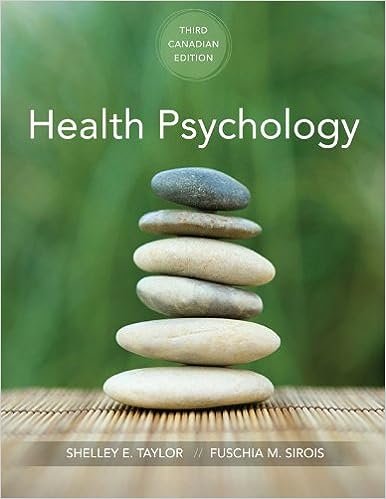Test Bank For A History of Modern Psychology 5th Edition by C. James Goodwin
- Multiple Choice
NOTE: The following items also appear in the online study guide that is available to students:
8, 11, 16, 19, 26, 38, 48, 53
- In the 19th century the German system of higher education developed a philosophy that came to be known as Wissenschaft. It featured
- an emphasis on scholarly and scientific research
- a strictly prescribed set of course requirements to earn the doctorate
- fairly severe restrictions on academic freedom
- more emphasis on undergraduate teaching than on research
- Johan Herbart was an important predecessor to experimental psychophysics. He believed that
- the mind should be studied using laboratory experiments, not pure mathematics
- ideas with different strengths could be assigned different mathematical weights
- ideas had measurable “strength,” and these strengths were constant (unchangeable)
- psychology, in order to be scientific, had to be closely tied to physiology
- If your total cognitive focus is on this multiple choice item, then Herbart would say the item is part of your
- apperceptive mass
- repressed awareness
- above-threshold awareness
- just noticeable difference
- According to Weber’s Law, if a person notices a difference between 30 and 33 grams, that person will also notice a difference between
- 60 and 63 grams
- 90 and 93 grams
- 10 and 13 grams
- all of these
- In a weight-judging study, Sally just barely notices a difference between two weights of 30 and 33 grams. Weber’s Law predicts that she will also notice the difference between
- 60 and 63 grams
- 90 and 93 grams
- both 60 and 63 grams and 90 and 93 grams
- none of these
- If someone cannot detect a difference in weight between 30 grams and 32 grams, but can tell the difference between 30 grams and 33 grams, the discrimination between 30 and 33 grams is called
- a two-point threshold
- a limits threshold
- a jnd
- a limit
- While studying visual afterimages, I inadvertently looked too long at the sun and seriously damaged my eyes, to the extent that I had to take a medical leave from work. Who am I?
- Johan Herbart
- Hermann Ebbinghaus
- Oswald Külpe
- Gustav Fechner
- Hearing tests, which present sequences of tones that steadily decrease in loudness, are using a method closest to which of the following developed by Fechner?
- adjustment
- limits
- constant stimuli
- fractionation
- The subject has the greatest degree of control over stimulus presentation in which of the following methods of psychophysics?
- method of limits
- method of constant stimuli
- method of apperception
- method of adjustment
- Boring referred to Fechner as the “inadvertent founder of psychophysics.” What did he mean by that?
- Fechner stumbled on psychophysics by accident (he happened to read Weber’s work)
- Fechner deliberately downplayed Weber’s work in order to gain all the credit himself
- Fechner was more interested in destroying materialism than in establishing a science
- when Fechner first started studying thresholds, he didn’t realize the later applications of his
work (e.g., vision testing)












Reviews
There are no reviews yet.